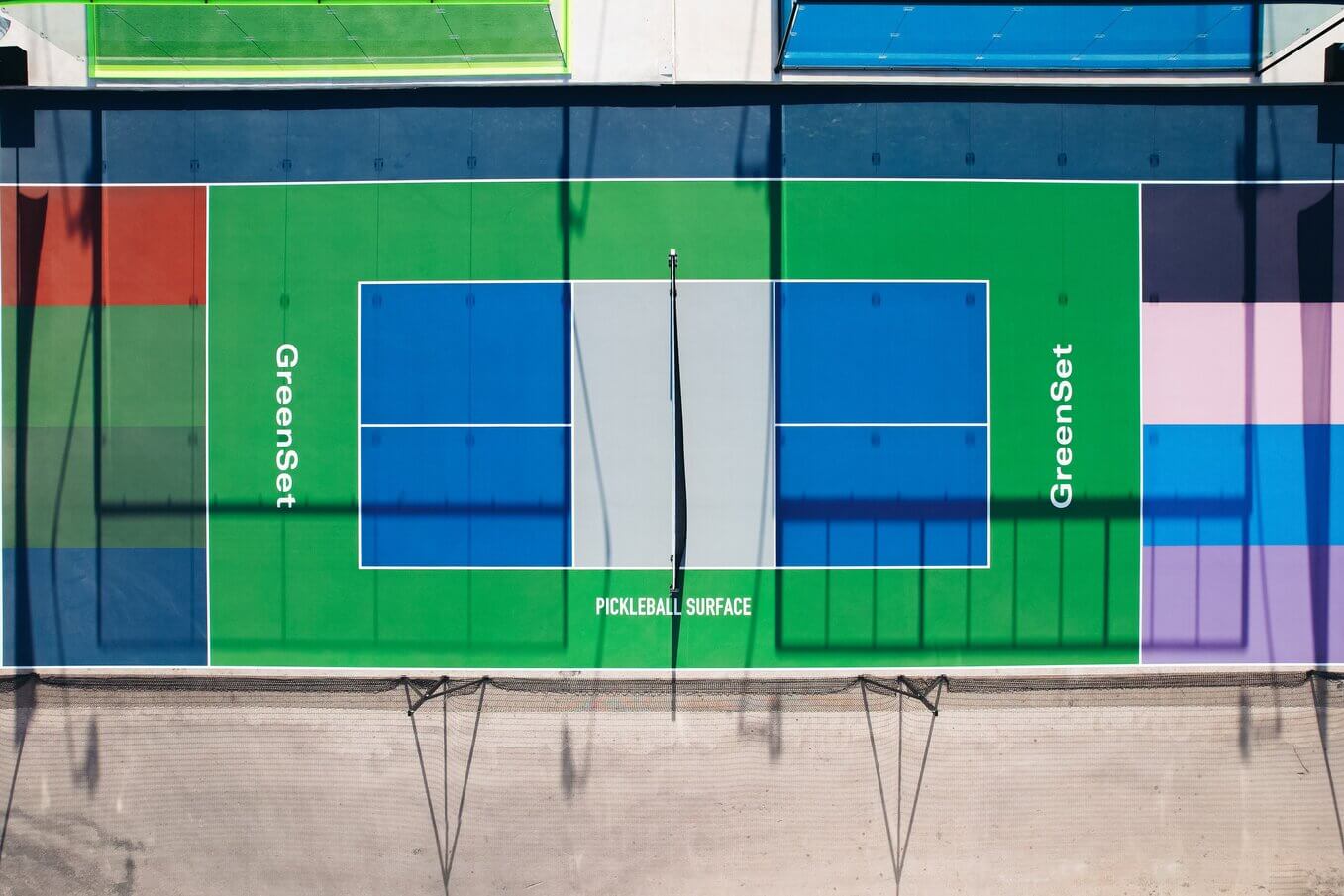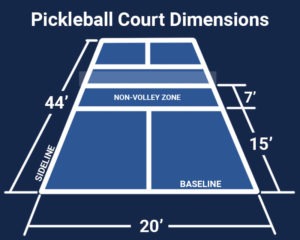Sustainable Practices in Pickleball Court Building You Ought To Know
As the appeal of pickleball proceeds to rise, so too does the requirement for sustainable techniques in court construction. The effect of these techniques expands much past the court itself.
Picking Eco-Friendly Products
Picking eco-friendly materials is an important action in the building of lasting pickleball courts. The option of lasting products not just minimizes ecological influence yet additionally boosts the long life and performance of the court. Key materials include reused rubber for the surface area, which supplies superb toughness and shock absorption while diverting waste from landfills.
In addition, making use of in your area sourced products decreases transport emissions and sustains regional economies. Pickleball court construction. Using native hardwoods for fence and seats can give a lasting aesthetic while making sure durability against the elements.
Including absorptive materials for court structures can additionally add to sustainability by permitting for all-natural water drainage and reducing drainage. These options not only shield regional environments but likewise advertise much healthier play atmospheres.
Reliable Drain Solutions
While the selection of green materials is essential, applying efficient drainage options is equally important for maintaining sustainable pickleball courts. Correct drain not just protects the court surface from water damage but likewise lessens disintegration and drainage, advertising environmental integrity.
Efficient drain systems can include permeable paving, which enables water to infiltrate the ground as opposed to pooling externally. This decreases the likelihood of standing water, which can result in mold and mildew and other upkeep concerns. In addition, including strategically placed drainage channels and swales can route excess water far from the court location, making sure a dry playing surface and avoiding soil disintegration.
Using native vegetation in the landscaping around the courts can even more enhance water drainage by soaking up excess water and minimizing drainage. These plants require much less irrigation and promote biodiversity, straightening with lasting methods.
Furthermore, it is essential to on a regular basis maintain the drainage system to guarantee its lasting performance. This includes cleaning debris and surveillance for obstructions. By focusing on efficient drain options, pickleball court producers can substantially add to the sustainability and durability of the center, ultimately benefiting both gamers and the environment.
Energy-Efficient Illumination Options
As the need for pickleball continues to grow, incorporating energy-efficient lighting alternatives into court style has come to be increasingly vital for sustainability. Conventional lights systems often take in too much power, adding to greater functional prices and environmental impact. For that reason, embracing contemporary, energy-efficient technologies is vital for both new buildings and restorations.
LED (Light Emitting Diode) lights sticks out as a leading selection as a result of its long life and energy cost savings (Pickleball court construction). Compared to standard illumination, LEDs utilize around 75% much less power and can last as much as 25 times longer, substantially minimizing upkeep expenses. Additionally, the directional nature of LED illumination minimizes light air pollution, making sure that illumination is concentrated on the court as opposed to surrounding locations.

Sustainable Surface Alternatives
Discovering sustainable surface area alternatives for pickleball courts has obtained grip among gamers and building contractors alike. The resource emphasis on green materials not just aligns with the growing environmental understanding however also improves the performance and durability of the courts.
One popular alternative is making use of recycled rubber, which can be sourced from used tires. This material gives superb shock absorption, lowering the threat of injuries for gamers while promoting sustainability. In addition, modular tiles made from recycled plastics use another feasible choice. These tiles are very easy to mount and change, and their flexibility allows for numerous court arrangements.
Natural grass courts are also arising as a sustainable option, advertising biodiversity and reducing the warm island result. They require regular maintenance and water, which may not straighten with all sustainability objectives.

Water Preservation Techniques

One more reliable method involves the installment of rainwater harvesting systems. These systems accumulate and keep rainwater for usage in preserving court surface areas and landscaping. This strategy not only saves potable water however also lowers reliance on local sources.
Additionally, using drought-resistant landscaping around the courts is crucial. Native plants need less water and are better adjusted to neighborhood environment conditions, therefore lowering total water consumption. Additionally, utilizing effective watering systems, such as drip watering, ensures that water is delivered directly to plant roots, lessening dissipation and waste.
Final Thought
Including lasting methods in pickleball court building and construction significantly contributes to environmental preservation and source efficiency. Using green products, carrying out reliable drain options, and embracing energy-efficient lighting options can greatly decrease ecological impact. Discovering sustainable surface area options and employing water preservation methods boost the general sustainability of these recreational centers. By prioritizing these techniques, the construction of pickleball courts can straighten with wider ecological goals while promoting long life and performance within neighborhoods.
As the popularity of pickleball get more continues to increase, so also does the demand for lasting practices in court construction.Choosing green products is a critical action in the building of sustainable pickleball courts. By focusing on energy-efficient lighting alternatives, pickleball court erectors can contribute to an extra lasting future while meeting the demands of stakeholders and players alike.Including lasting surface choices not just improves the performance of pickleball courts however additionally paves the way for executing efficient water conservation techniques.Incorporating lasting methods in pickleball court construction dramatically adds to environmental conservation and resource performance.